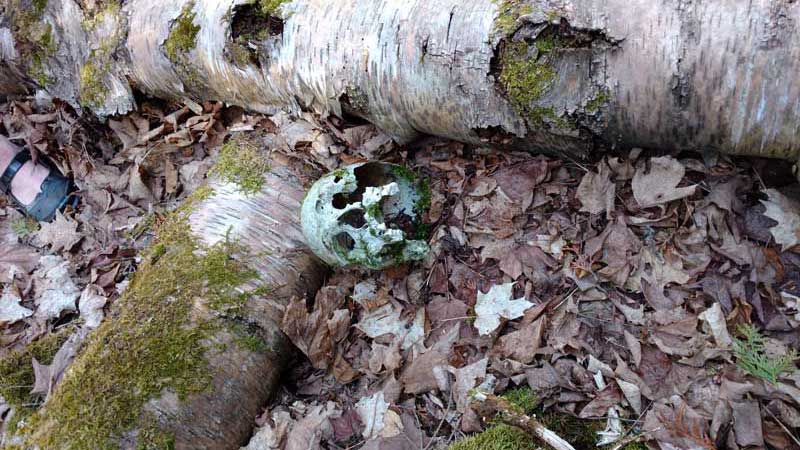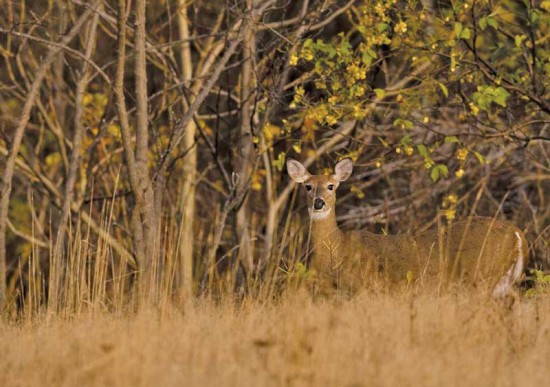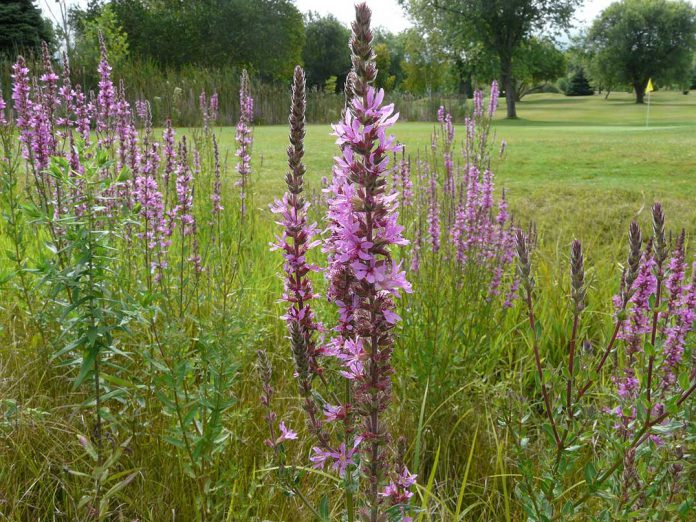MINDEMOYA—Investigators have confirmed fragments of second human skull were discovered in a Mindemoya wooded area. A Mindemoya resident discovered the first human skull in May 2016, which led to the discovery of the second skull (both male) fragments during the investigation. In both cases the skulls found date back 800 years, and predate first contact between indigenous communities and European colonizers.
“There were two skulls found, with one being fragmented,” Scott Fairgrieve, chair of the department of forensic science at Laurentian University and a consulting forensic anthropologist, told the Recorder on Tuesday. “The second skull was found at the same time as the first, during the investigation that was carried out at the site. What happened was the first skull was found by a local resident in Mindemoya on the (ground) surface in clear view (near Thorne Street near Wagg’s Wood and Central Manitoulin Public School). We searched the area along with the OPP officers and also near rock outcrops where the second skull fragment was below leaves. It was just metres from the first skull.”
“Yes they were both dated around the same time, about 800 years ago,” said Mr. Fairgrieve. He explained, “they were definitely both male, First Nations (men) although during the pre-contact area. We have carried out tests to age both skulls; it is hard to give exact dates, but using very wide conservative estimates (based on varying aging methods used) for the first skull found his age was between 20-60 years of age at the time of death.”
“The second (fragmented skull) was at least 20 years of age at death,” said Mr. Fairgrieve. He pointed out no artifacts or relics were found with the skulls, and that no cause of death could be determined for either.
“For the first skull through dental aging we found that it had a defect in the skull at the top and inside, an enlarged tissue over the brain. But it wouldn’t have affected this person’s life at all,” explained Mr. Fairgrieve. “The second skull was clean.”
And for the first skull, “the condition of the teeth shows evidence of dental attrition (a wearing down of teeth due to diet),”continued Mr. Fairgrieve. “It (skull) has some exposure to bleaching, being on the ground surface and uncovered. Both skulls had evidence of scavenging having been done by rodents and carnivores and could have both been moved a long distance before they were discovered.
“At the time of the discovery the police contacted the closest neighbouring First Nations community, M’Chigeeng, and the chief came out with an elder and they held a traditional ceremony,” said Mr. Fairgrieve.
Mr. Fairgrieve said the location where the two skulls were found is definitely not a burial ground. “Both skulls could have been carried hundreds of meters due to carnivores and rodents having moved them. One of the skulls had been found just below an outcropping of rock that falls in part each year.”
Mr. Fairgrieve added that the M’Chigeeng band council will have final say on what they want done with the skulls. “I anticipate they will want to bury the skulls, having a traditional ceremony.” He added that the human skulls are in the Toronto Forensic unit until arrangements are made with M’Chigeeng.





